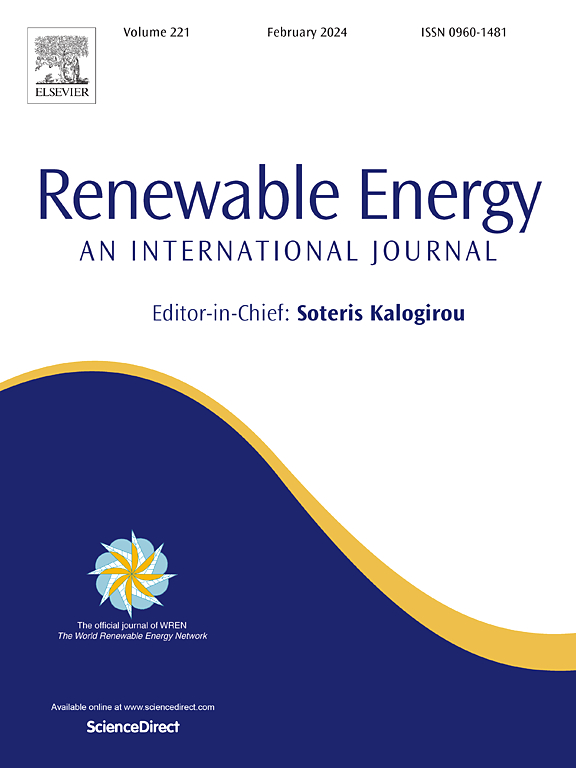Energy performance and fire risk of solar PV panels under partial shading: An experimental study
IF 9
1区 工程技术
Q1 ENERGY & FUELS
引用次数: 0
Abstract
Partial shading (e.g., bird droppings, leaves, dusts, and shadows) on solar photovoltaic (PV) panels not only depresses the energy performance of solar PV panels but also increases their surface temperature. Nowadays, the impact of shaded locations is overlooked, and the quantitative relationship between surface temperature and energy performance of solar PV panels under partial shading is still unknown. This has hampered the solar PV panels' energy output prediction, which is especially important for ensuring their widespread applications. Hence, this study experimentally addressed the impacts of partial shading with variations in shaded ratios and shaded locations on solar PV panels' surface temperature and energy performance. Experimental results showed that the worst scenario was at the upper right cell under 67 % shaded ratio, causing the shaded cell's surface temperature to reach 99.6 °C under 1100 W/m2 solar irradiance and 20 °C ambient temperature. However, the power of solar PV panel could decrease up to 92.9 % when the middle cell was completely shaded. From both aspects of surface temperature and power dissipation of solar PV panels, the potential reduction of energy performance was worse when the middle or bottom cells were shaded. The quantitative relationship describing power dissipation affecting temperature at shaded cell caused by partial shading was also proposed. The obtained results contribute to predicting energy outputs considering typical partial shading scenarios and offer valuable data supporting decision-making and policy formulation aimed at minimizing energy losses in solar PV systems.
求助全文
约1分钟内获得全文
求助全文
来源期刊

Renewable Energy
工程技术-能源与燃料
CiteScore
18.40
自引率
9.20%
发文量
1955
审稿时长
6.6 months
期刊介绍:
Renewable Energy journal is dedicated to advancing knowledge and disseminating insights on various topics and technologies within renewable energy systems and components. Our mission is to support researchers, engineers, economists, manufacturers, NGOs, associations, and societies in staying updated on new developments in their respective fields and applying alternative energy solutions to current practices.
As an international, multidisciplinary journal in renewable energy engineering and research, we strive to be a premier peer-reviewed platform and a trusted source of original research and reviews in the field of renewable energy. Join us in our endeavor to drive innovation and progress in sustainable energy solutions.
 求助内容:
求助内容: 应助结果提醒方式:
应助结果提醒方式:


